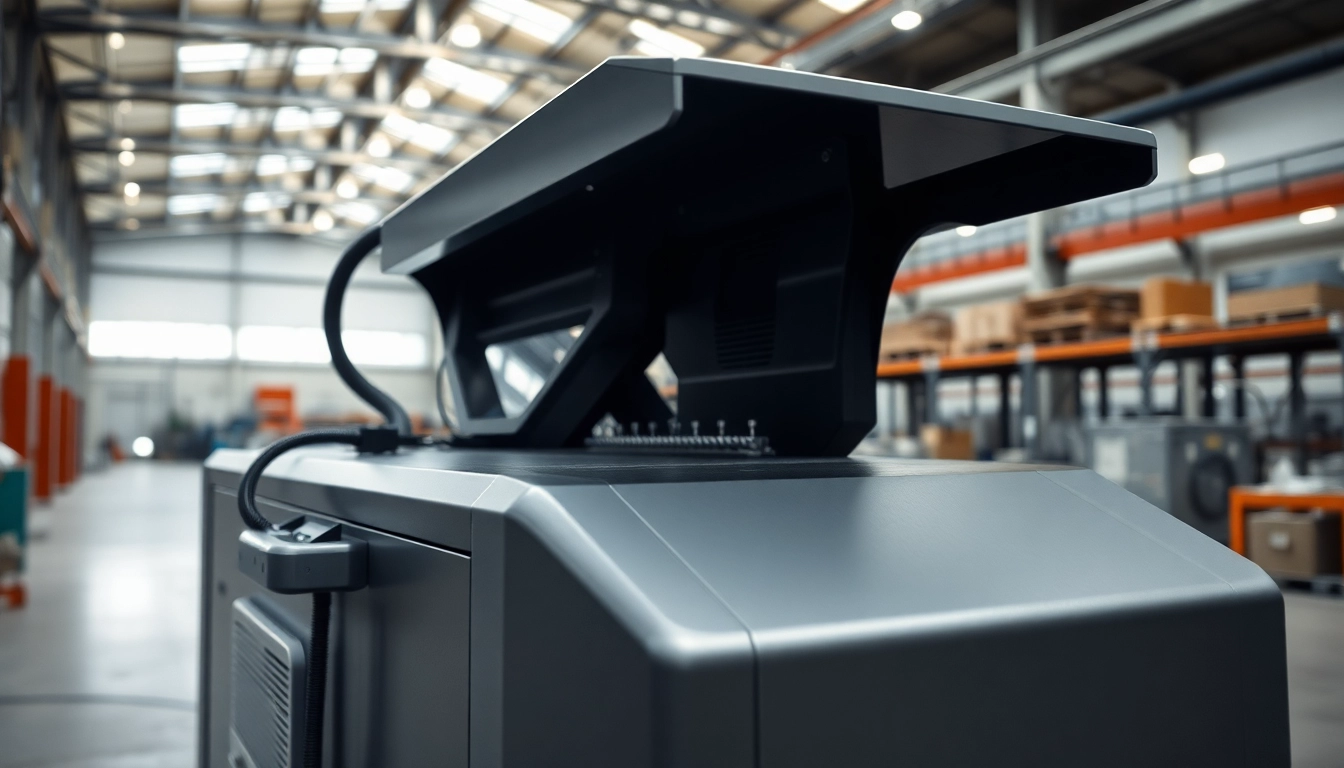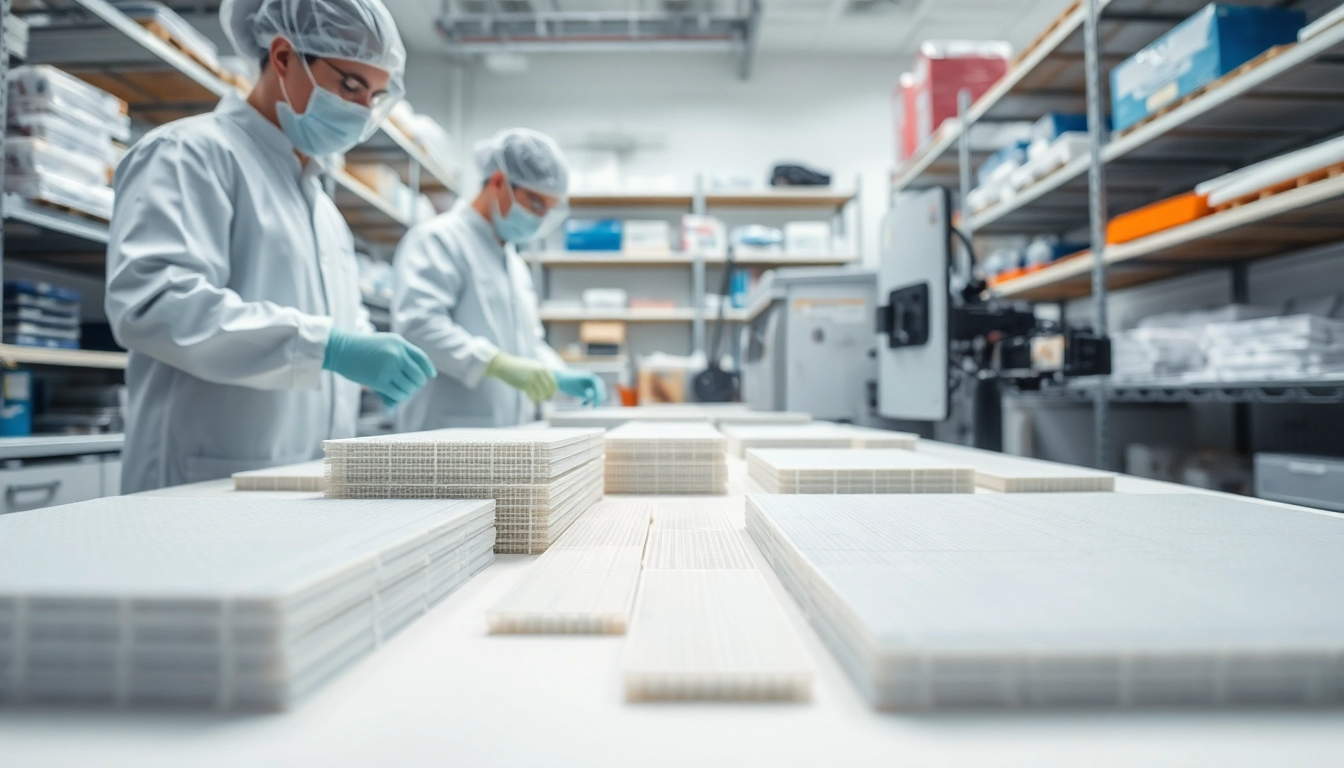Maximizing Efficiency with the Laser Cleaning Machine: Applications and Benefits
Understanding the Basics of Laser Cleaning Machine
What is a Laser Cleaning Machine?
A Laser cleaning machine is an innovative tool used to remove contaminants from various surfaces through the application of high-intensity laser beams. This technology harnesses the power of lasers to achieve precise and effective cleaning by vaporizing unwanted materials such as rust, paint, grease, and other contaminants. Unlike traditional cleaning methods, which often rely on chemicals or abrasive techniques, laser cleaning provides a non-contact solution that can be tailored to a variety of substrates without causing damage.
Key Features of Laser Cleaning Machines
Laser cleaning machines boast several remarkable features that distinguish them from conventional cleaning equipment. Key attributes include:
- Adjustable Power Levels: This allows operators to customize the intensity of the laser according to the nature of the contamination and the substrate being cleaned.
- Portability: Many modern laser cleaning machines are engineered to be lightweight and mobile, enabling use in diverse settings, from industrial facilities to field repairs.
- Automation and Control: Advanced models come equipped with smart software and control systems for precise cleaning, often including programmable settings for different tasks.
- High Efficiency: Laser cleaning can be completed at a significantly faster pace compared to traditional methods, reducing downtime and labor costs.
Common Applications of Laser Cleaning Machines
The flexibility of laser cleaning machines allows for a broad range of applications across various industries:
- Metal Surface Preparation: Ideal for prepping metal surfaces for painting or welding by efficiently removing rust, mill scale, or contamination.
- Heritage Conservation: Used in the preservation of historical monuments and buildings, removing layers of grime and old coatings without harming the underlying material.
- Oil and Gas Industry: Suitable for cleaning equipment exposed to harsh conditions, where rust and contamination can compromise safety.
- Automotive Industry: Applied in the removal of corrosion and contaminants from vehicle components.
Benefits of Using a Laser Cleaning Machine
Environmental Advantages of Laser Cleaning Machines
One of the key benefits of laser cleaning machines is their environmental friendliness. Unlike traditional methods that may rely on harsh chemicals and solvents, laser cleaning operates without the need for harmful substances, reducing hazardous waste production. Additionally, as laser technology minimizes the use of water, it conserves this vital resource and decreases the environmental impact associated with disposal.
Cost Efficiency Over Traditional Cleaning Methods
Despite the initial investment that may be required for laser cleaning machines, the long-term cost savings are notable. The rapid cleaning capabilities cut down on labor hours and reduce downtime, allowing for increased productivity. Furthermore, the reduction of chemical costs and disposal fees related to traditional cleaning methods contributes to a more economical solution in the long run.
Health and Safety Benefits with Laser Cleaning Machines
Laser cleaning machines enhance safety in the workplace. They eliminate the need for workers to handle dangerous chemicals, minimizing the risk of exposure to harmful substances. Additionally, because laser cleaning is a non-contact method, risks associated with physical abrasion or dust generation during cleaning processes are significantly reduced, fostering a safer working environment.
Comparative Analysis of Laser Cleaning Machine and Conventional Methods
Effectiveness in Different Applications
The effectiveness of laser cleaning machines surpasses that of many conventional cleaning methods, especially in challenging scenarios where precision is critical. For instance, traditional abrasive cleaning can lead to surface damage or uneven removal, while lasers precisely target contaminants. A study comparing the efficacy of laser cleaning with sandblasting found that laser systems provided superior results without surface etching or destruction.
Time Efficiency of Laser Cleaning Machines
When it comes to time efficiency, laser cleaning machines offer considerable advantages. The speed of the lasers allows for quick removal of contaminants, which can often be achieved in a fraction of the time required by traditional methods. For example, large surfaces can be cleaned more rapidly using lasers, significantly reducing the project’s overall timeline.
Maintenance and Operational Costs
In contrast to conventional methods, the maintenance and operational costs of laser cleaning machines tend to be lower. The absence of consumables like chemicals reduces the ongoing expenses associated with material purchasing. Additionally, their robust design means fewer breakdowns and repairs, translating to lower operational downtime, which is often a critical factor in industrial settings.
Choosing the Right Laser Cleaning Machine for Your Needs
Factors to Consider When Selecting a Laser Cleaning Machine
Selecting the appropriate laser cleaning machine depends on several factors:
- Type of Contaminant: Different contaminants require different laser specifications, with some systems better suited for certain materials.
- Surface Area: Consider the size and number of surfaces that will require cleaning, as this will influence the machine’s power and efficiency needed.
- Portability: If cleaning must occur in various locations, a portable machine may be necessary.
- Budget: Evaluate both initial costs and ongoing expenses to ascertain what fits within your financial framework.
Top Specifications to Look for in a Laser Cleaning Machine
When searching for a laser cleaning machine, prioritize the following specifications:
- Wavelength: Different cleaning tasks can benefit from specific wavelengths; understanding your needs will guide this choice.
- Laser Power: More powerful lasers typically clean faster; consider this along with the type of material being cleaned.
- Control Technology: Look for machines with advanced control systems that enhance precision and ease of use.
- Cooling Systems: Effective cooling technology helps maintain optimal operational conditions, enhancing performance and lifespan.
How to Evaluate Laser Cleaning Machine Providers
Finding a reliable supplier for your laser cleaning machine is crucial. Assess providers based on:
- Industry Experience: Established companies with years of experience in laser technology are often more reliable.
- Customer Support: Look for providers that offer strong customer support and training resources to facilitate user understanding.
- Reputation: Research reviews and feedback from previous customers to gauge satisfaction levels with both the product and service.
Future Trends in Laser Cleaning Technology
Innovations in Laser Cleaning Machine Designs
The future of laser cleaning technology is promising, marked by ongoing innovations. Emerging technologies are integrating AI and machine learning to automate cleaning processes, enhancing precision and efficiency. Additionally, developments in laser sources are expected to yield lighter, more compact machines without sacrificing power.
Predicted Developments in Industry Applications
As laser cleaning technologies advance, their applications are predicted to broaden significantly. Industries such as aerospace, marine, and medical equipment are likely to adopt these machines for more specialized cleaning tasks that are currently challenging or impossible with traditional methods. The increased acceptance of laser cleaning is likely driven by higher efficiency standards and growing environmental regulations.
Impact of Laser Technology on Environmental Cleanup
With the shifting focus towards sustainable practices, laser cleaning machines are increasingly seen as a viable solution for environmental cleanup. Their ability to efficiently remove contaminants without harmful side effects positions them as critical tools in remediation projects. This trend highlights the importance of innovation aligned with ecological responsibility and suggests strategic investments in laser technology for communities aiming to address pollution and contamination effectively.














Post Comment